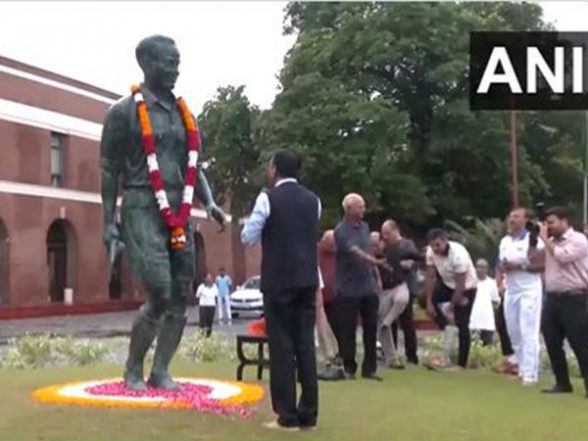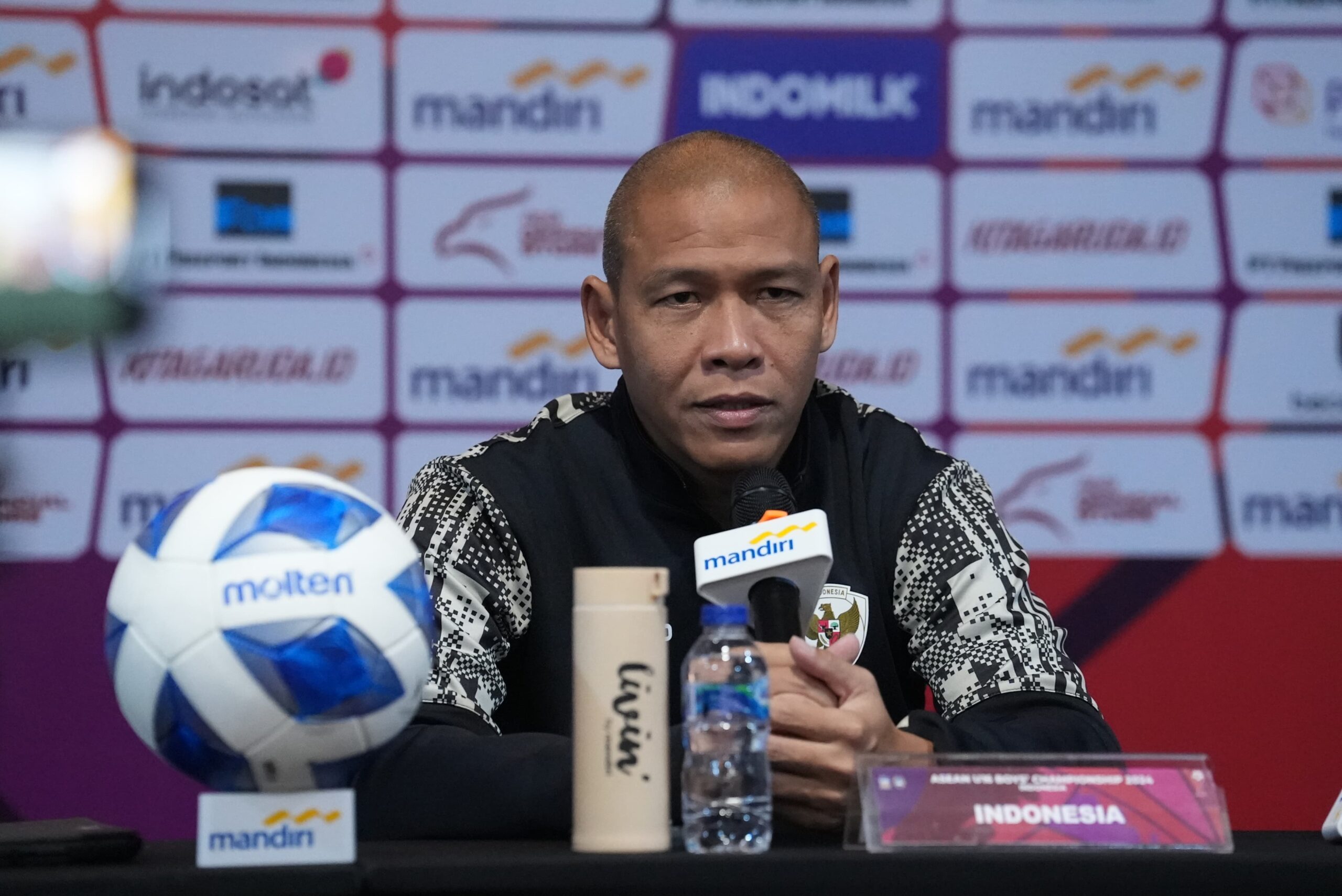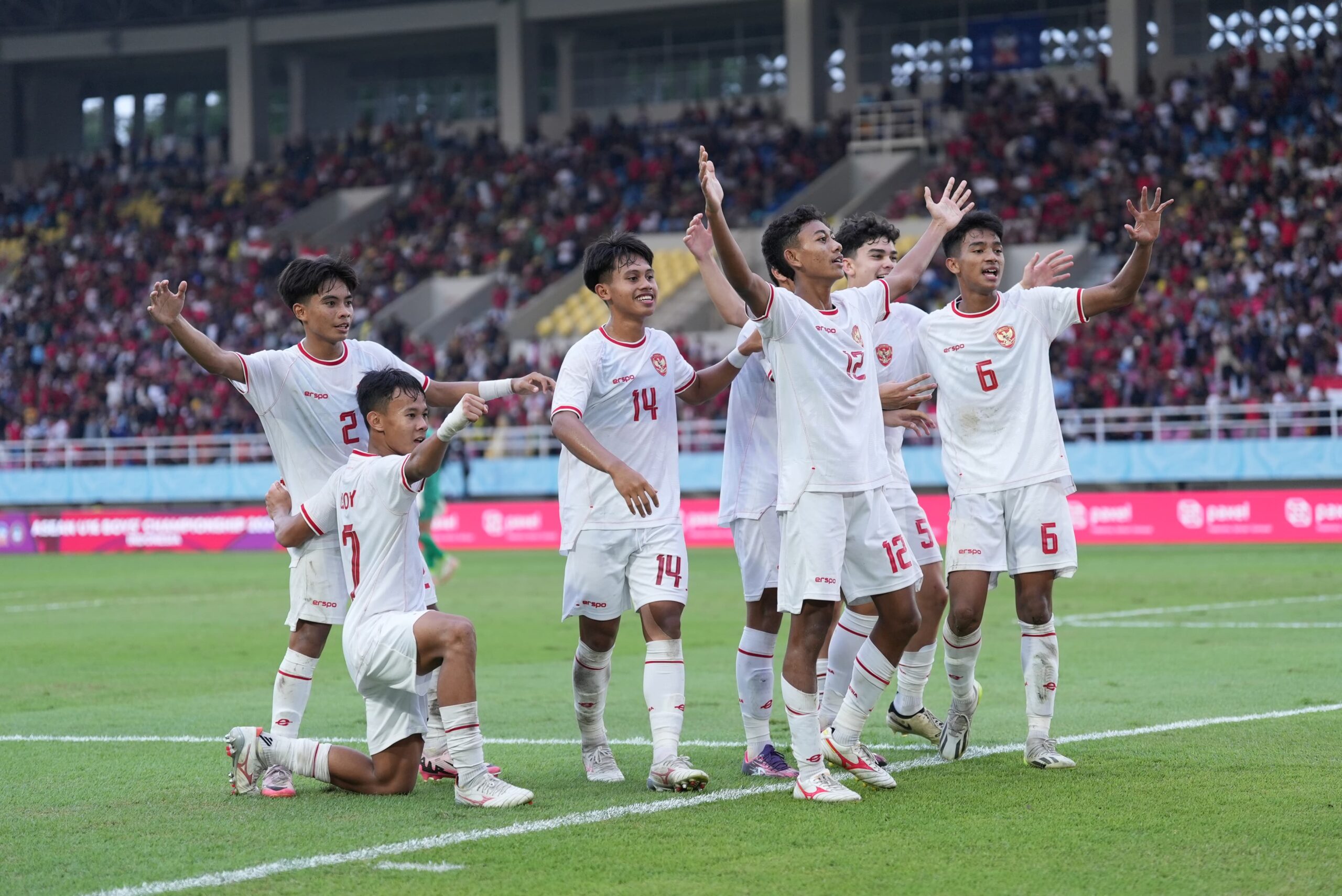Indians are adopting a more active lifestyle and practicing new sports like padel, pickleball and bouldering.
When it comes to following and watching sports, we Indians are very enthusiastic. Mainly due to our gigantic population of 1.4 billion people, any broadcast or streamed sport finds a decent number of viewers and followings. However, this passive consumption of sports in the country does not translate into active participation where people practice these sports and play for recreational purposes, points out Divyanshu Singh, COO of JSW Sports.
Also read: In 2024, go from losing weight to improving your physical condition
For India to compete regularly at the highest level and become a fitter and healthier country, we need people to play more sports and do so from a young age. This, in addition to creating a better environment and infrastructure for sports, will go a long way in encouraging people to play more and become active consumers of sports.
Although cricket remains the most popular sport, even when it comes to playing, the proliferation of grass pitches across the country in recent years has led to more people taking up football. The main European clubs have even created training academies in the biggest cities. Running is another sport that has gained enthusiastic acceptance across the country over the past decade. Today, it is the most important grassroots sport in India, matching a global trend. Other sports gaining popularity include racket sports such as badminton and squash as more and more residential complexes and societies offer sports facilities to their residents.
Here are four exciting new sports that are developing in our cities and whose growth is likely to spread throughout the rest of the country in the coming years.
Padel: It is a racket sport that has grown considerably in recent years, particularly in Asia and Europe. Proper tournaments are currently being held, with tough competition and a high level of skill displayed across Europe, Asia, Africa and the Middle East. In the United States, the game is most popular on the East Coast.
Padel is a combination of tennis and squash. It features a ball that resembles a tennis ball – only lighter and softer, and each player wields a sturdy, perforated racket that is significantly smaller than tennis or squash rackets. The game itself is played in a cage consisting of two 10 meter square courts separated by a net. As in tennis, each court has two service boxes and players must serve diagonally. During the serve, the ball must throw into the service zone. The game becomes interesting when you take into account the cage, which is a combination of a fence and glass walls. The ball stays in play, just like squash, as it launches and hits the glass walls. When he hits the metal fence after the throw, the opponent wins a point.
The fact that the court is smaller and you have to serve under your arm makes padel a much easier sport to practice for people of all levels and physical conditions. The fact that it is mainly played in doubles makes it less tiring, more social and more enjoyable. This sport is growing in popularity and padel courts are quickly appearing across the country. Padel rackets and balls are also readily available online and from major specialist retailers such as Decathlon.
Also Read: Access Better Strength and Fitness
Pickleball: You know a sport is hot when Andre Agassi and Steffi Graf team up to take on fellow tennis legends John McEnroe and Maria Sharapova in Hollywood. It is also proof that it is a sport that can be practiced by people of all ages. Like padel, pickleball is a racket sport (which explains why Agassi et al. play it) that has spread around the world and is particularly popular in the United States, where it was invented in 1965, and in Canada. Like padel, it is easy to play due to the smaller court (13.5m x 6m) and the underarm serve. It’s just as social and competitive.
Pickleball uses a sturdy rectangular paddle with a handle on one end and a perforated ball made of a plastic-rubber compound. If padel is the more popular of the two sports, pickleball is just as exciting. The loud “pickleball plonk” sound that the ball makes upon contact with the racket adds an element of fun. A new pickleball arena has just emerged in Kolkata, which is generally slow to adopt new trends: a clear sign that the sport has found followers and active players in India.
Climbing and bouldering: Since these two sports made their debut at the 2021 Tokyo Olympics, their popularity has exploded in India. While rock climbing has always been popular among a small portion of climbers and in a handful of locations in the hills, over the past three years many private climbing gyms have popped up in major metros. As a growing number of people adopt an active lifestyle and look for a sport they can enjoy alone or with others, climbing and bouldering are finding many takers.
Rock climbing requires two people and only one to “belay” from the ground while the climber climbs. Climbing is a test of your skills and speed. Bouldering, on the other hand, is done solo and is like a puzzle that must be solved while testing your own climbing skills. This makes bouldering much more challenging and fulfilling. People often think that climbing and bouldering is all about upper body strength, but that's a huge mistake. Usually, people who cannot do even a single pull-up are excellent at these sports because they use their entire body effectively, recruiting both legs, core and upper body, to bring them up to the summit. If you ever want to feel or act like Spider-Man, try the overhanging section of a climbing gym, it's a lot of fun.
Ironman 70.3: The world's most famous triathlon, Ironman, has arrived in India on the heels of the country's growing demand for mass participation endurance sports. With many endurance sports enthusiasts constantly looking to challenge themselves, triathlon is the natural choice to take things to the next level. Yes, it's only a 70.3-mile half-Ironman, but it's an Ironman race nonetheless.
Although diving headfirst into a full Ironman would be too much of a challenge for most beginning triathletes – all Ironman races have strict cutoff times for each segment, the half Ironman distance is much more manageable with proper training in all three segments, including how to transition from swimming to cycling and running. The fact that the multi-sport endurance event takes place in one of India's most popular holiday destinations, Goa, is an added reason to register for it.
Shrenik Avlani is a writer and editor and co-author of The Shivfit Way, a book on functional fitness.
Also read: How climber Deepu Mallesh trains for speed climbing

“Thinker. Food advocate. Incurable coffee enthusiast. Communicator. Proud student. Zombie buff. Tv fanatic. Extreme troublemaker.”







